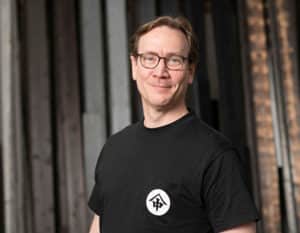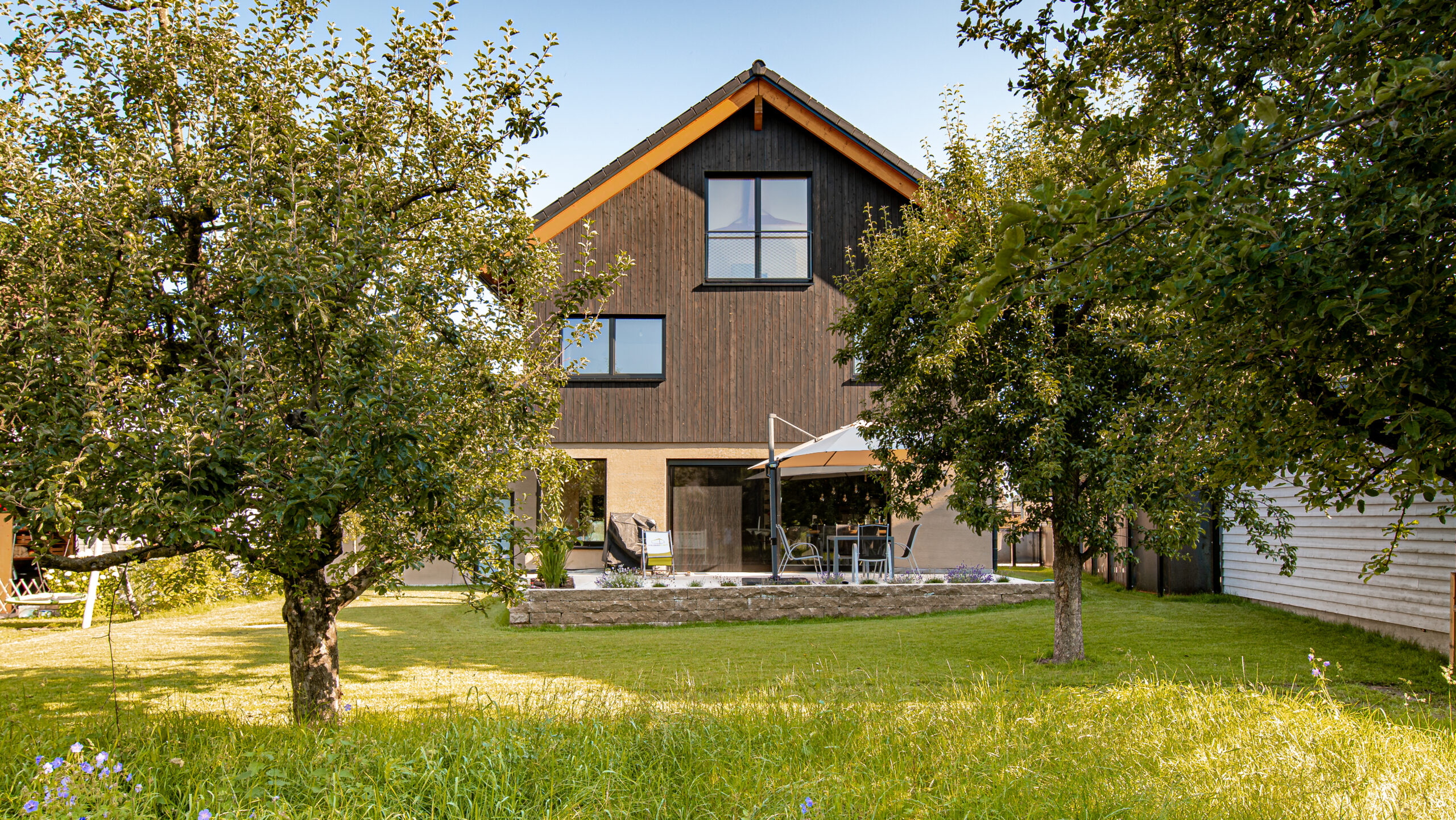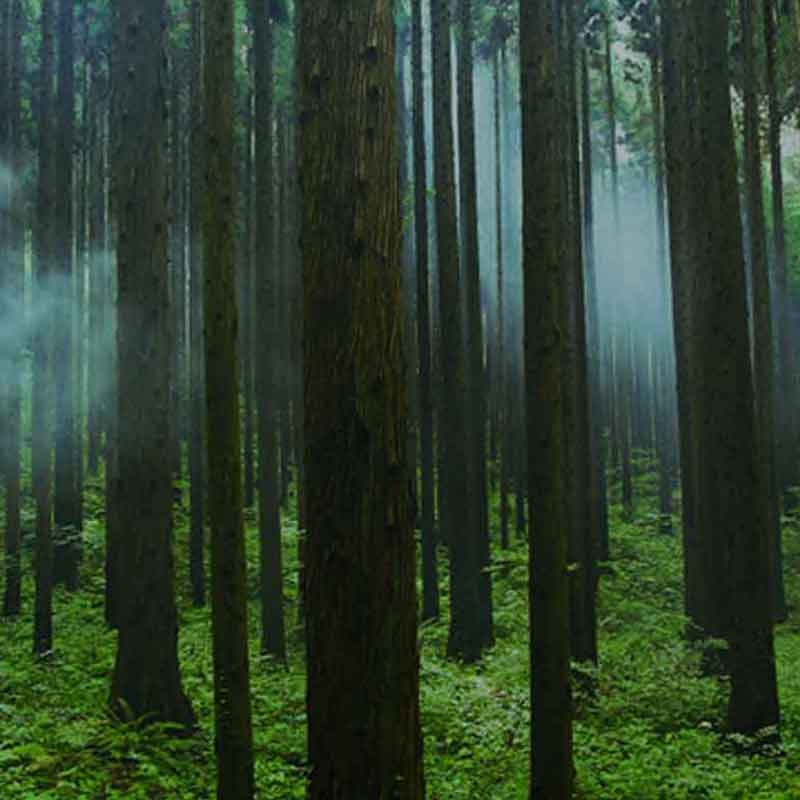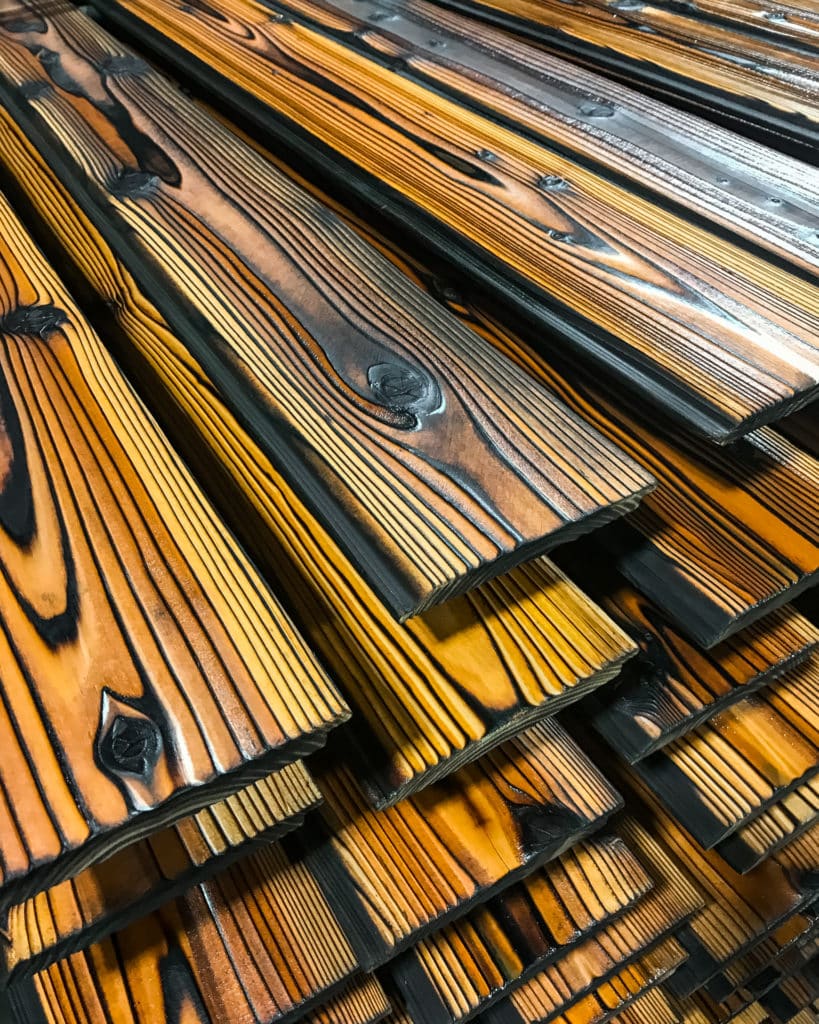Durability and Use Classes

Martin Gottschlich
Durability and Use Classes – Why Sugi Is the Right Choice for Long-Lasting Homes

When it comes to long-lasting, natural building materials, timber is unmatched – especially in the form of Yakisugi cladding, as crafted by Nakamoto Forestry.
Sugi (Japanese cedar) offers excellent natural durability, falling into durability classes 2–3. Through the Yakisugi charring process, this durability is further enhanced – completely without the need for chemicals
Durability Class – A Key Factor in Choosing the Right Timber
Different environments place different demands on building materials. The European standard DIN EN 335 defines so-called “use classes” based on the degree of exposure to environmental factors such as moisture or ground contact.
To select a wood species that meets these demands, each use class is matched with a corresponding “natural durability class” according to DIN EN 350-2.
When viewed through the lens of these standards, Sugi – Cryptomeria japonica – proves to be an excellent timber every for outdoor cladding.

Use Classes at a Glance – and What They Mean
| Use Class | Description | Required Durability | Common European Woods |
| UC 1 | Indoors, dry | No requirement | Spruce, fir, beech, pine |
| UC 2 | Indoors, occasionally damp | Min. class 4 | Pine (heartwood), Douglas fir (heartwood), larch (heartwood) |
| UC 3.1 | Outdoors, protected from weather | Min. class 3 | Douglas fir, larch, oak (heartwood), robinia |
| UC 3.2 | Outdoors, exposed to weather | Min. class 2 | Robinia, teak, |
| UC 4 | In contact with soil or fresh water | Min. class 1–2 | Robinia, teak |
| UC 5 | In contact with salt water | Class 1 (very durable) | Azobé, greenheart, iroko |
Note: For use classes 3.2 and higher, structural protection or chemical treatment is essential if using less durable woods.
Scientific studies from Japan and international institutions confirm Sugi’s excellent natural durability.
These results suggest Sugi meets the criteria for durability class 2 – suitable for all use classes up to 3.2.
Thanks to the Yakisugi heat-treatment process, Sugi’s durability is further enhanced – entirely without chemical additives.
Sugi at a Glance:
-
- Botanical name: Cryptomeria japonica
-
- Family: Cupressaceae
-
- English name: Japanese Cypress
-
- Japanese name: 杉 (Sugi)
Japan is one of the most forested industrial nations in the world, with over 68% of its land cove
Properties of Sugi – Lightweight, Stable, and Durable
- Density: approx. 380 kg/m³ (very light)
- Naturally resin-free
- High tannin content offers natural resistance to insects and mould
- Soft, fibrous bark and sickle-shaped needles
- Excellent dimensional stability and strength#
Despite its low weight, Sugi matches – and often outperforms – many heavier timbers in terms of longevity. Thanks to the Yakisugi process, it exceeds the durability of most commonly used cladding woods. In Japan, 80-year-old Yakisugi façades are not uncommon.


Conclusion: Yakisugi – A Sustainable Alternative to Tropical Hardwoods
While tropical hardwoods like meranti or teak often come with questionable ecological footprints, Japanese cedar offers a sustainable, local alternative – particularly when sourced from PEFC-certified forests like those managed by Nakamoto Forestry and refined using the authentic Yakisugi method.
Its outstanding durability, aesthetics, and stability make Yakisugi the ideal choice for long-lasting, low-maintenance exterior façades – an investment that pays off for generations.

 EU (English)
EU (English) DE (Deutsch)
DE (Deutsch) FR (Français)
FR (Français) UK (English)
UK (English)

